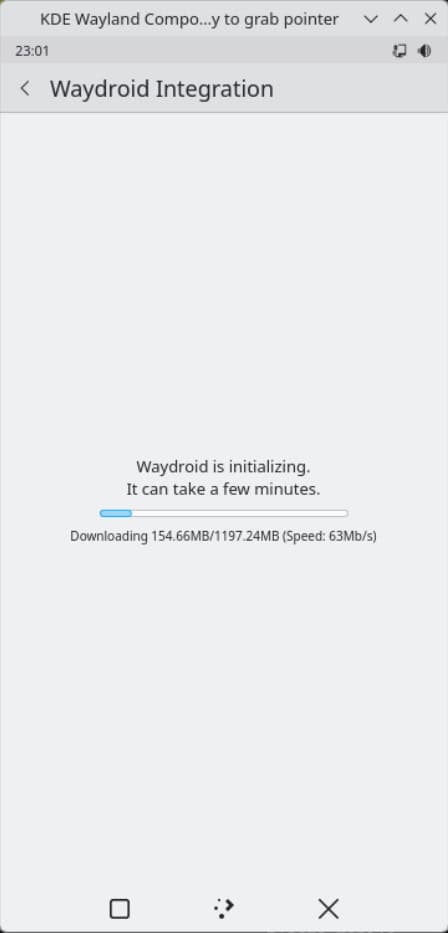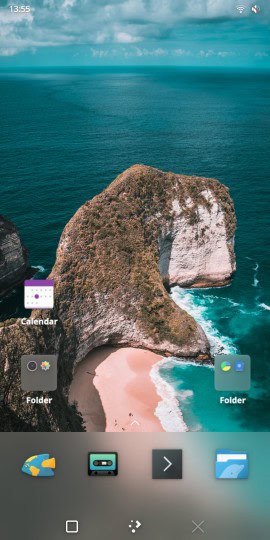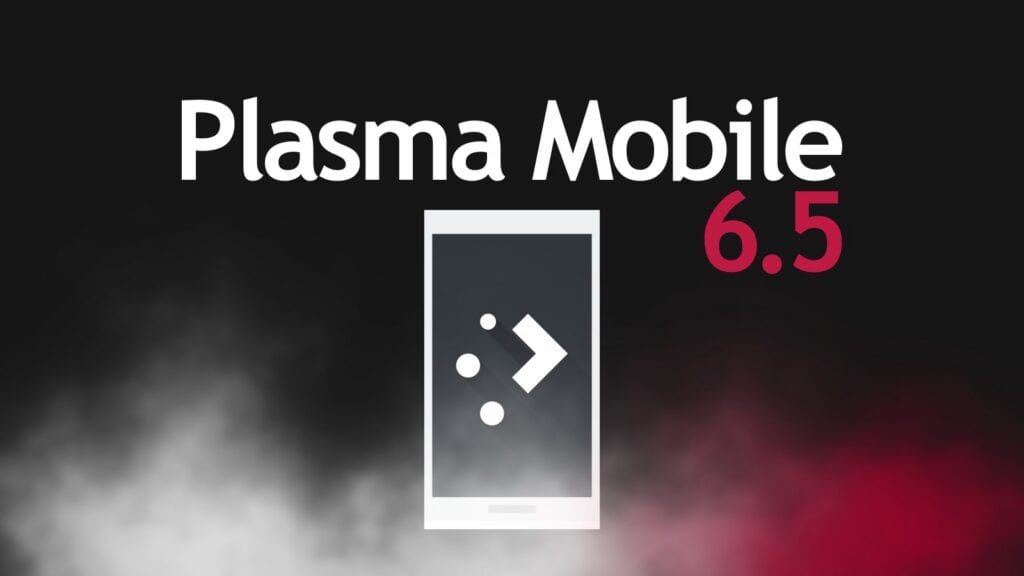About three weeks after the release of Plasma 6.5, the KDE team has detailed the numerous improvements that arrived in its mobile counterpart, Plasma Mobile 6.5, built on the same technology stack as the Plasma desktop environment — KWin, Qt, and KDE Frameworks — but optimized for touchscreen devices.
One of the biggest highlights in this update is the deeper integration with Waydroid, a container-based compatibility layer that enables Android to run in a containerized environment on Linux systems. Users can now set up and manage Waydroid directly from the system settings, enabling and disabling the Android container from the quick settings dropdown.

The lockscreen, one of the most frequently seen components of any phone, has been reworked for both speed and usability. It now loads significantly faster by reusing the existing shell processes for the status bar and action drawer, rather than reloading them each time.
As a result, notifications are now properly synchronized between the lockscreen and the unlocked shell. Additionally, the update introduces a double-tap-to-lock gesture and more refined UI feedback for lock actions.
Both the Folio and Halcyon homescreens received notable upgrades, too. The blur effects across widgets and backgrounds have been improved for visual consistency, and Folio now supports better keyboard navigation and smoother performance.

At the same time, Halcyon gains a new settings page, unified code paths with Folio, and support for precompiled applets using qmlcachegen, enhancing performance on lower-power devices.
Another core component, the Settings app, has been reorganized for greater clarity. Navigation options are now available on their own page, accompanied by a brief tutorial that explains gesture navigation. Additionally, a new feature allows users to adjust the maximum number of quick-setting columns.
Plasma Mobile also now hides mobile-only settings on desktop systems, ensuring that hybrid setups show only relevant configuration options.
Under the hood, the taskswitcher has been refactored to be more compatible with precompiled QML caching, setting the stage for faster performance and easier maintainability in future releases.
There’s also a new haptics plugin, now partially ported to use feedbackd as its backend. This will enable finer-grained haptic feedback and improved cross-desktop compatibility, thereby enhancing the tactile experience across KDE’s platforms.
The Action Drawer — used for quick actions and toggles — has undergone performance refinements and now overlays properly over the lock screen. For those using Plasma Mobile in docked or multi-monitor environments, a new quick setting allows fast configuration of multi-display layouts.
The envmanager, which manages shell environment settings, now better separates configurations between Plasma Mobile and Plasma Desktop, reducing cross-talk and making 2-in-1 or convertible devices easier to handle. It also properly supports changing the virtual keyboard for the mobile session, improving hybrid usability.
On the aesthetics side, Plasma Mobile 6.5 introduces some effective visual refinements. Many UI components now utilize more suitable theme colors and standardized animation timings, resulting in a more cohesive and responsive interface. Layout improvements reduce overlapping elements and spacing inconsistencies throughout the shell.
Lastly, although not officially part of this release cycle, KDE also announced Plasma Keyboard 0.1.0, the first unstable version of its new virtual keyboard. It’s still in early development, but enthusiasts can already try it out and provide feedback.
For more information, refer to the official announcement.
Image credits: Plasma Mobile Project
